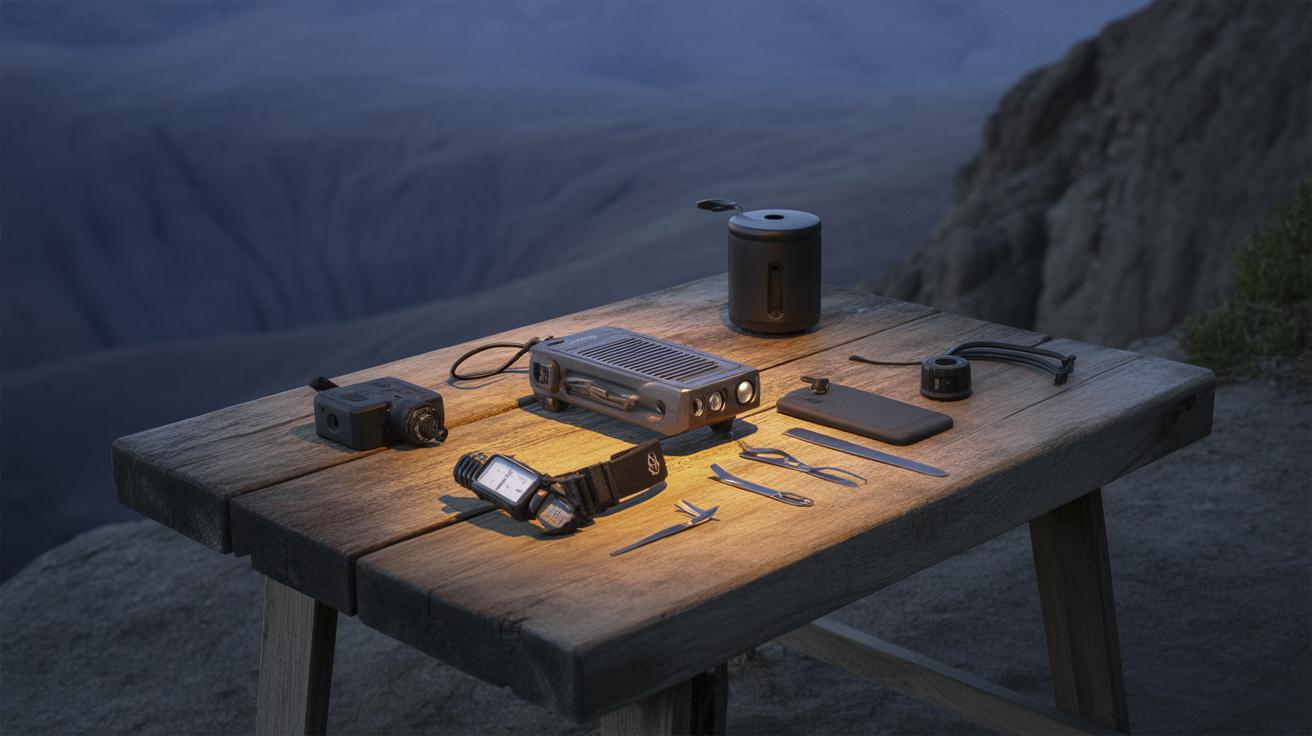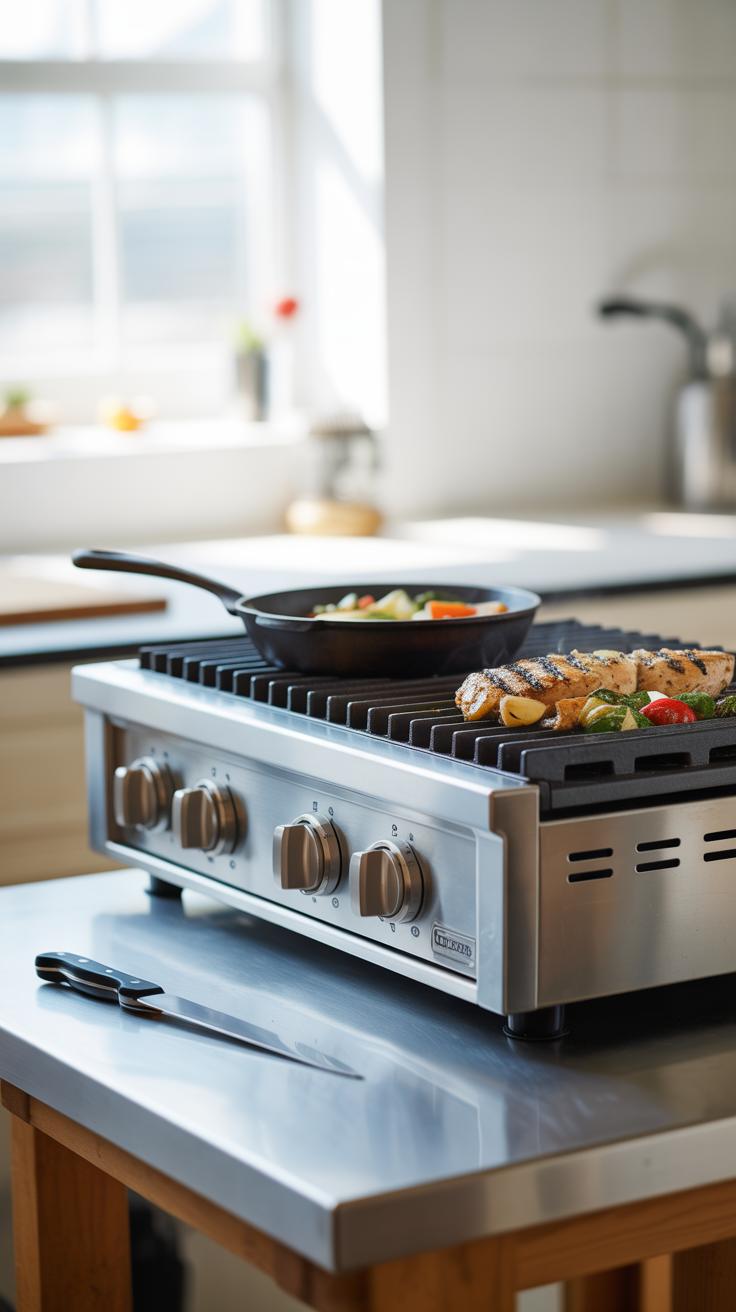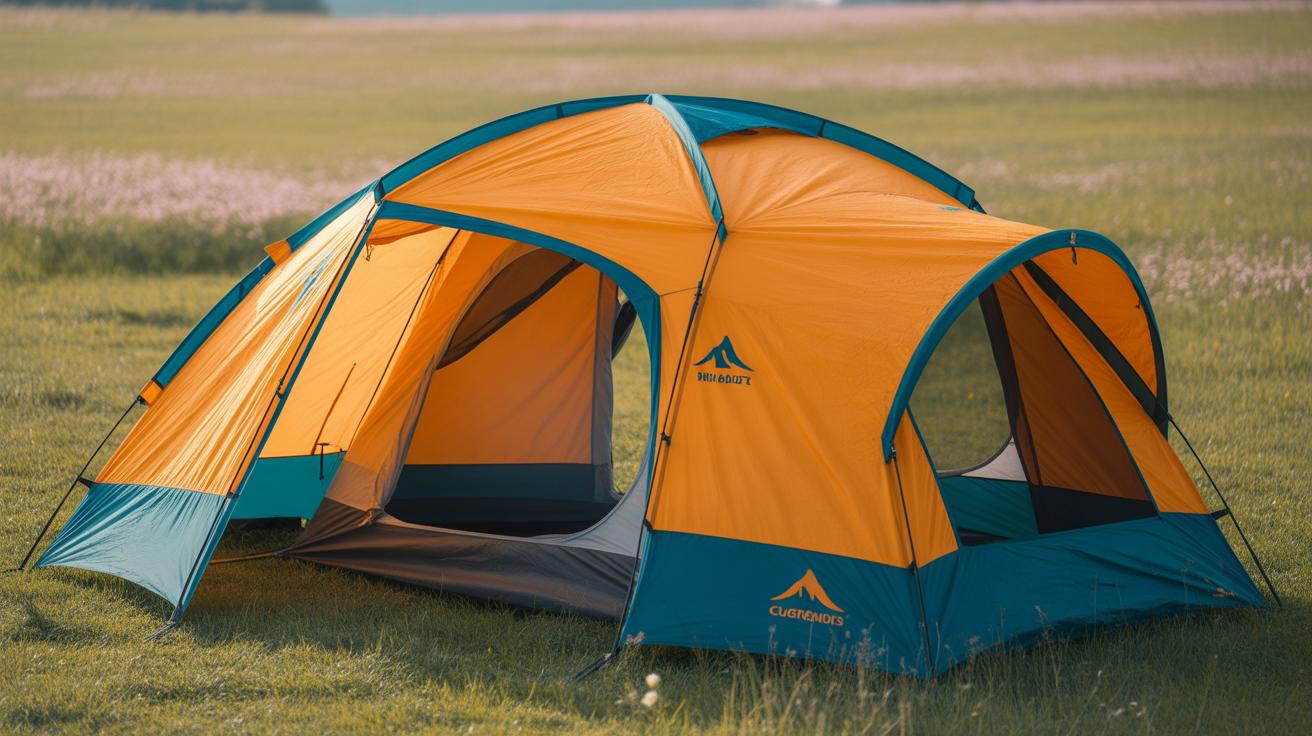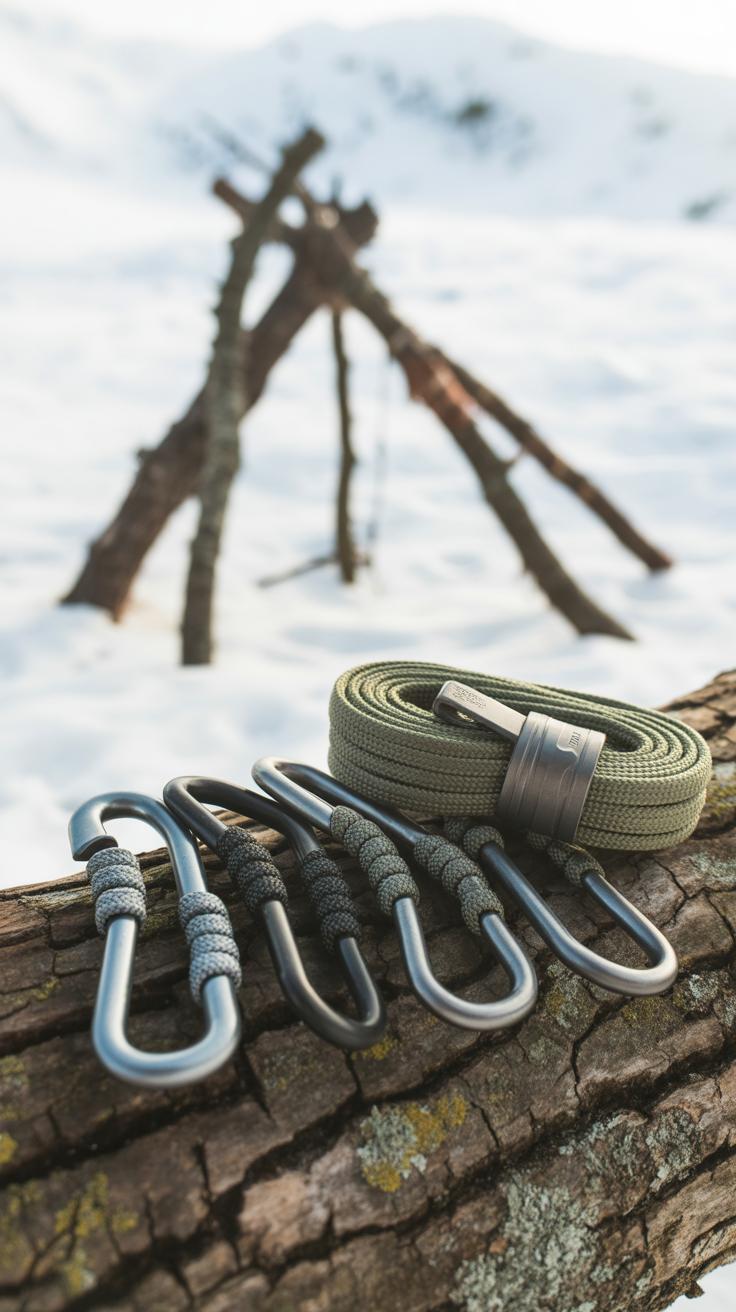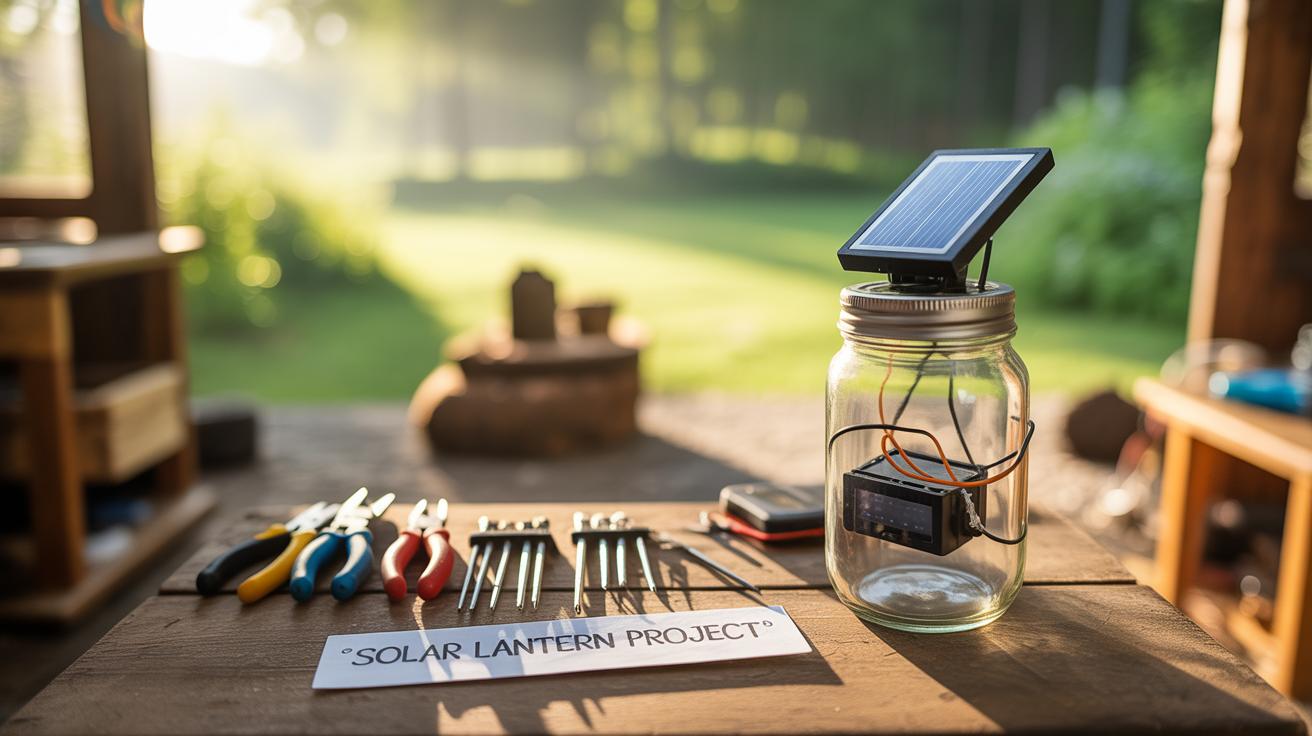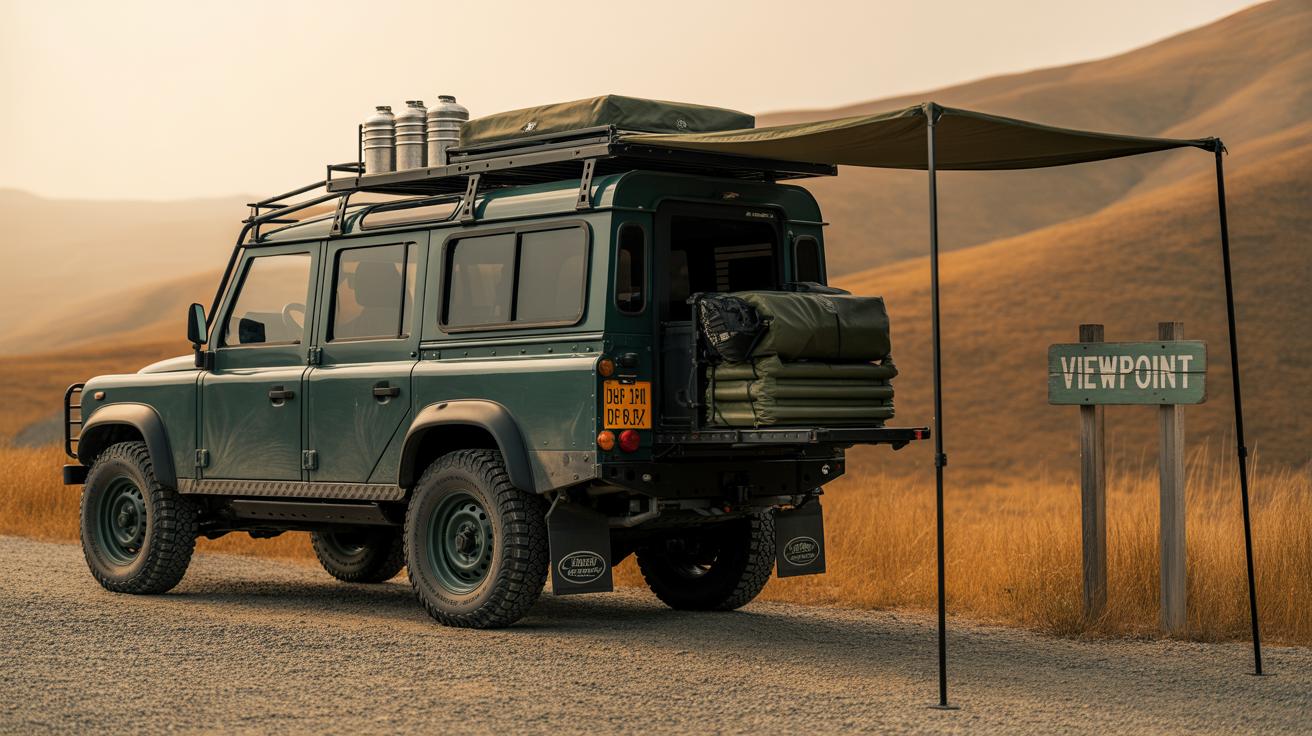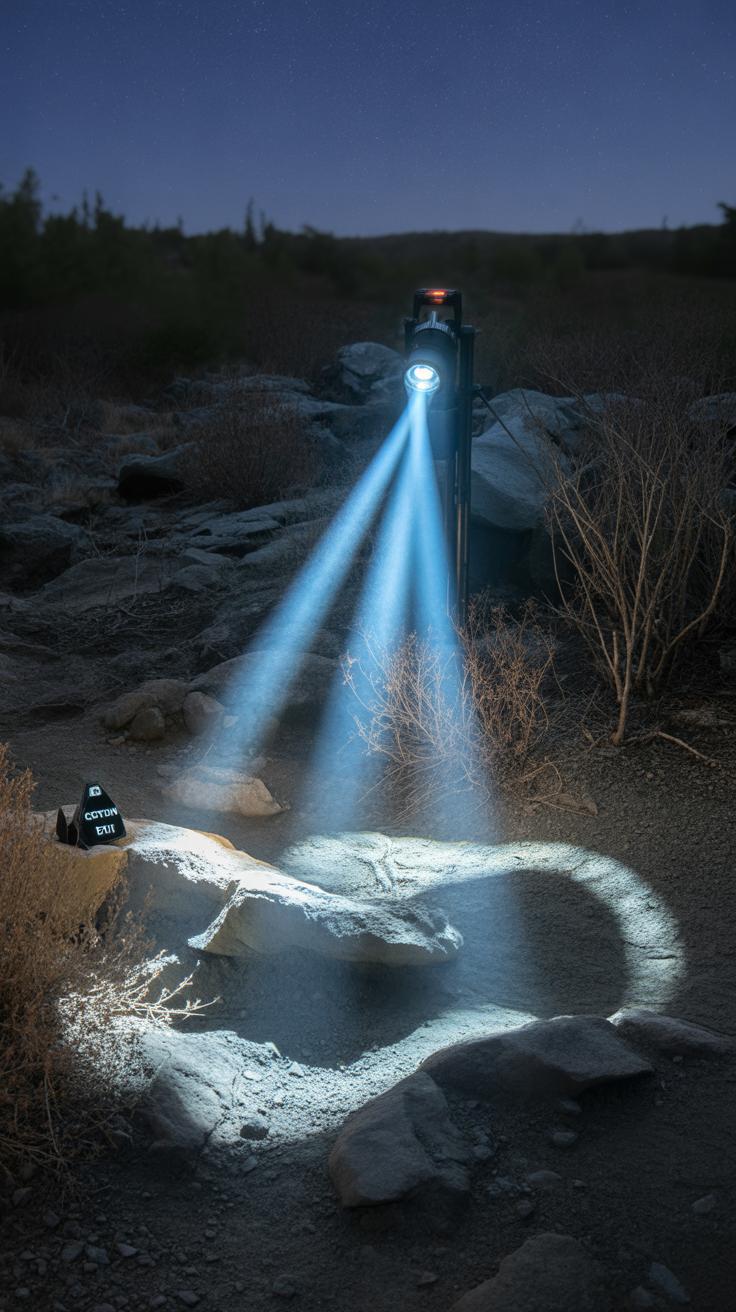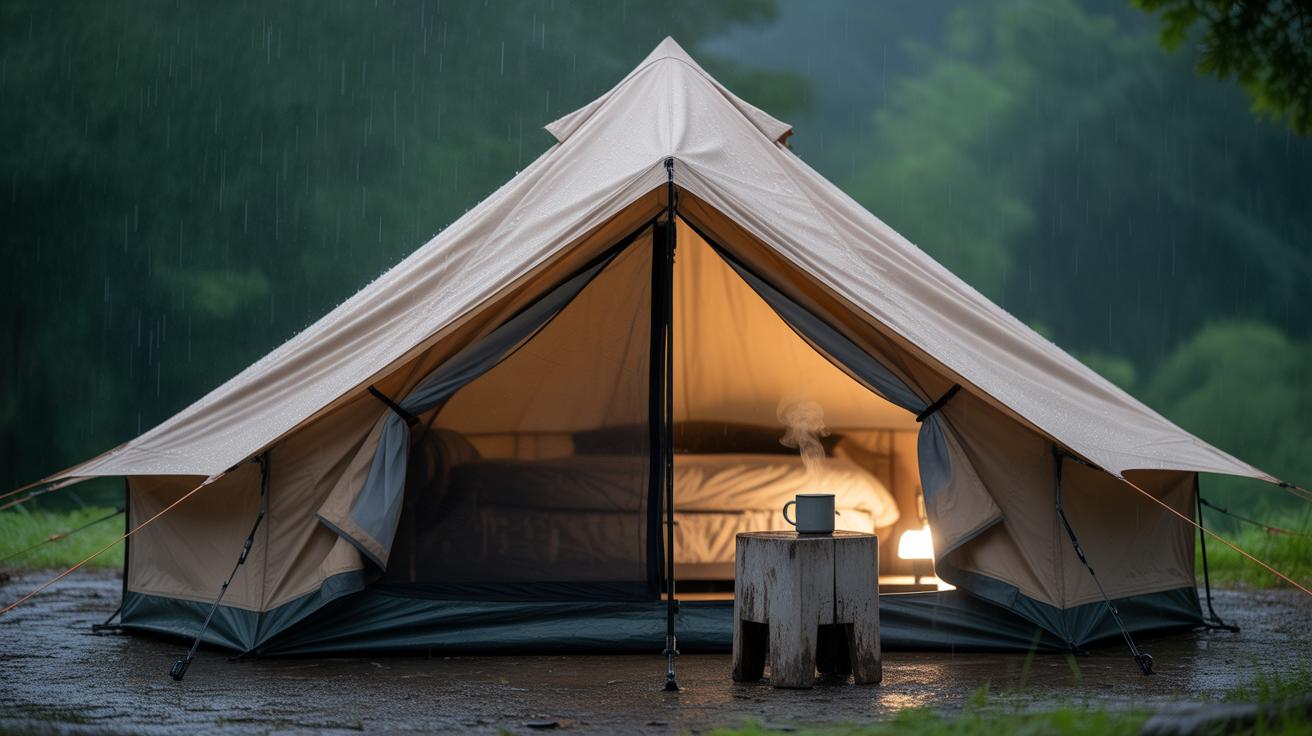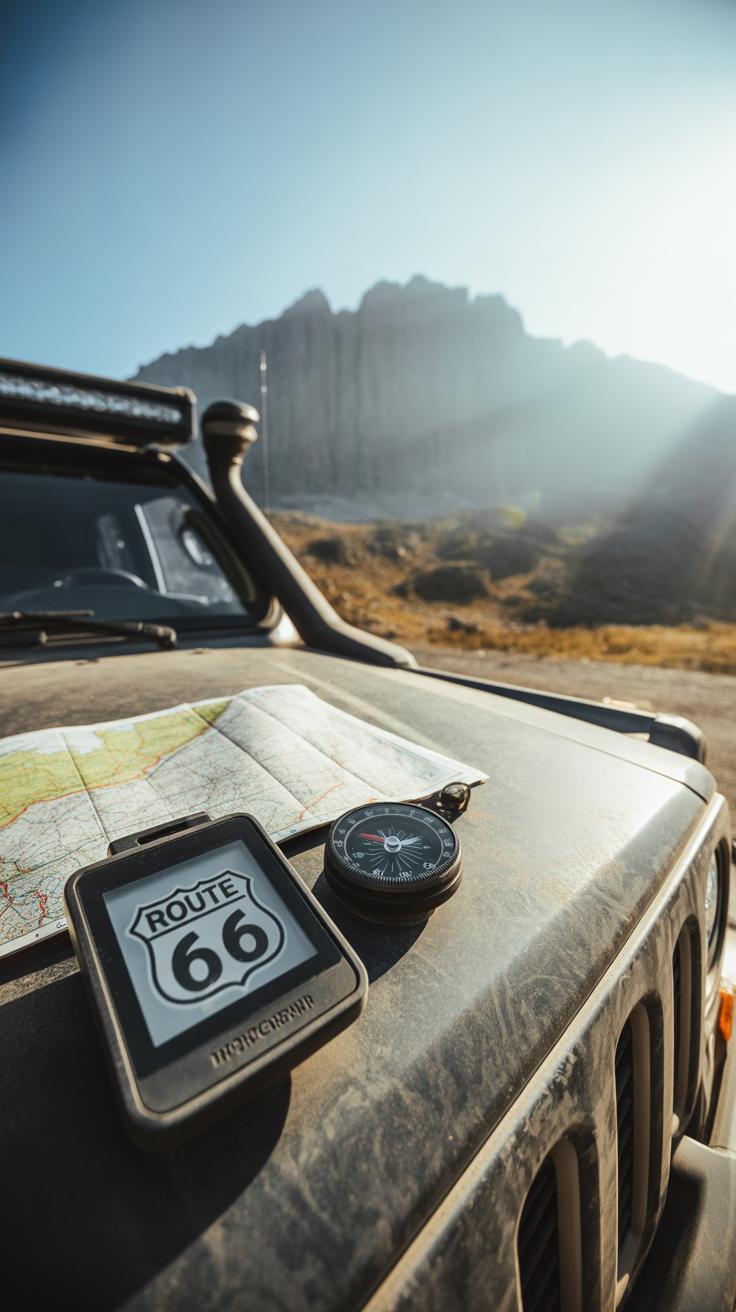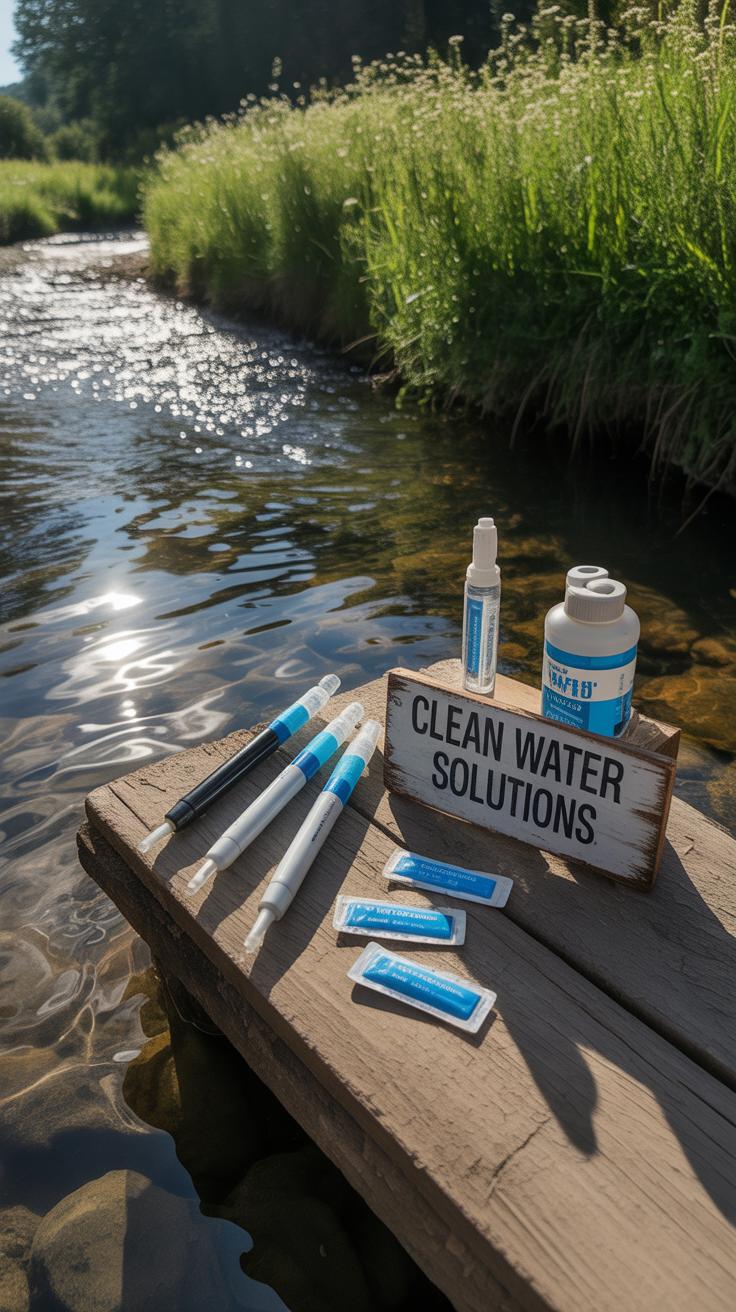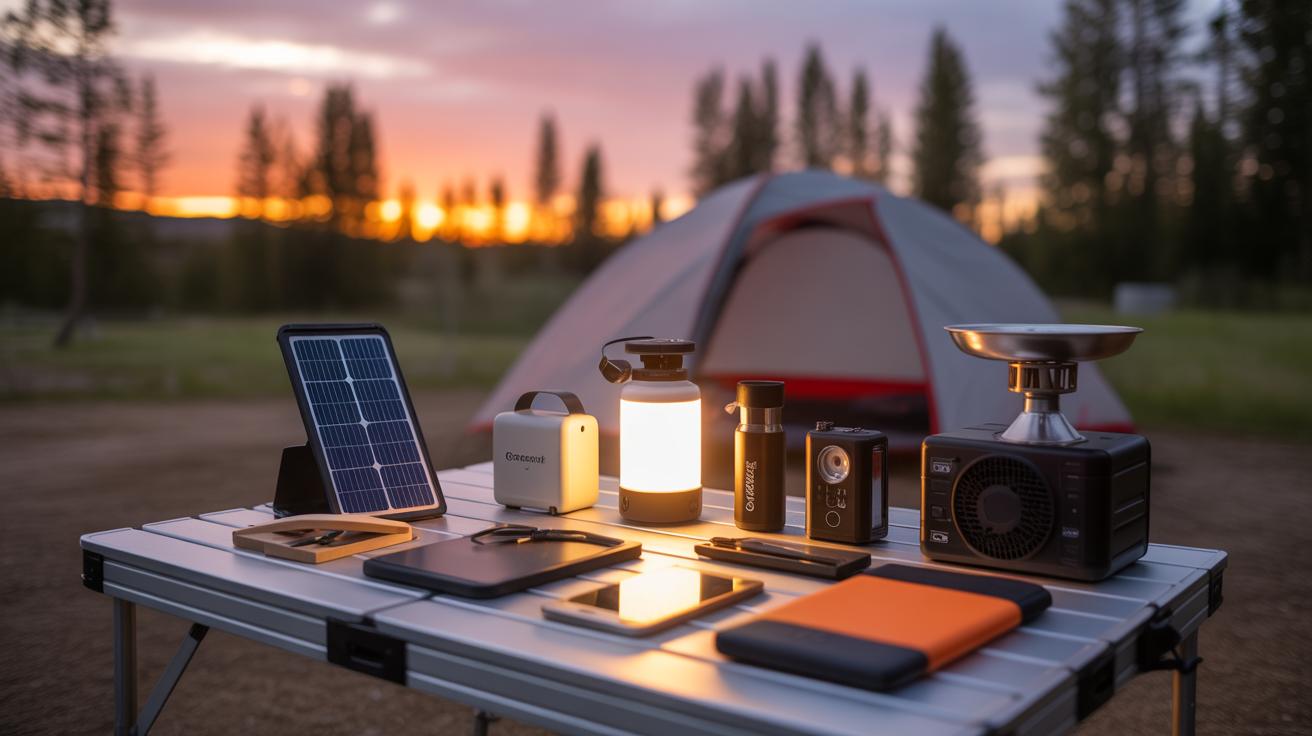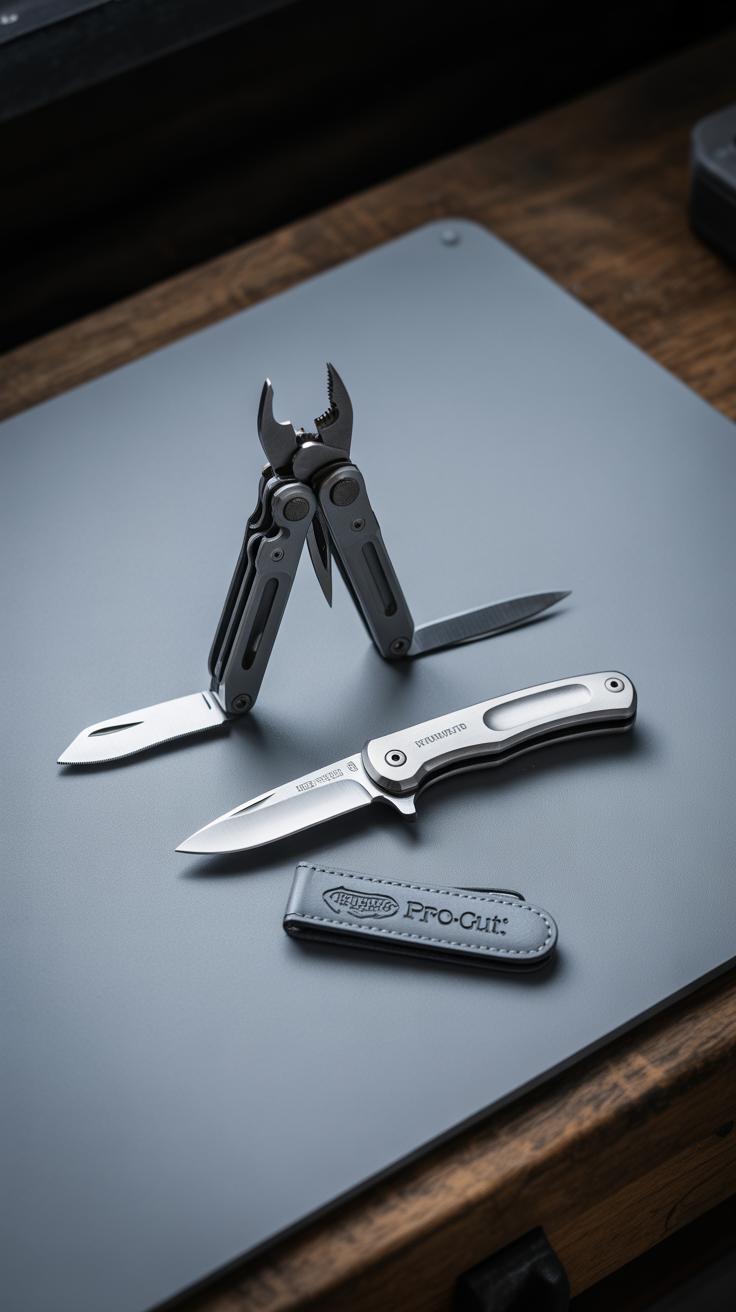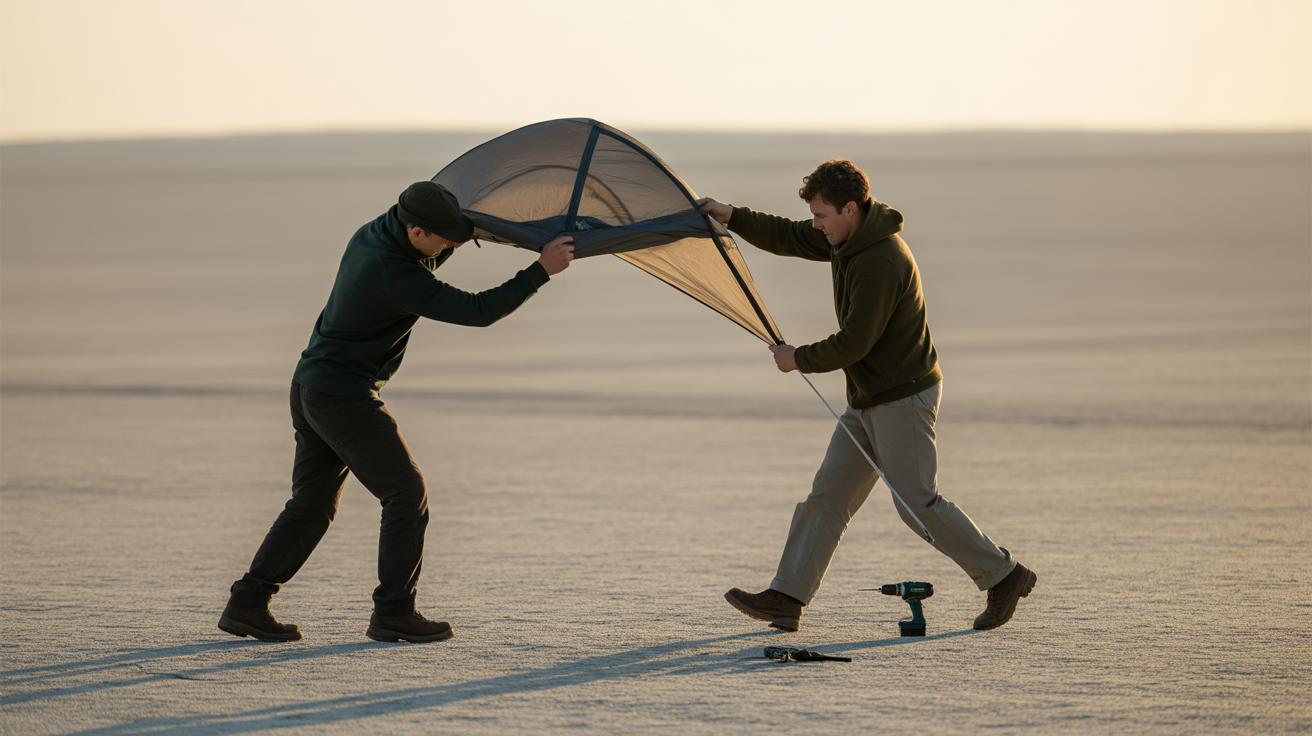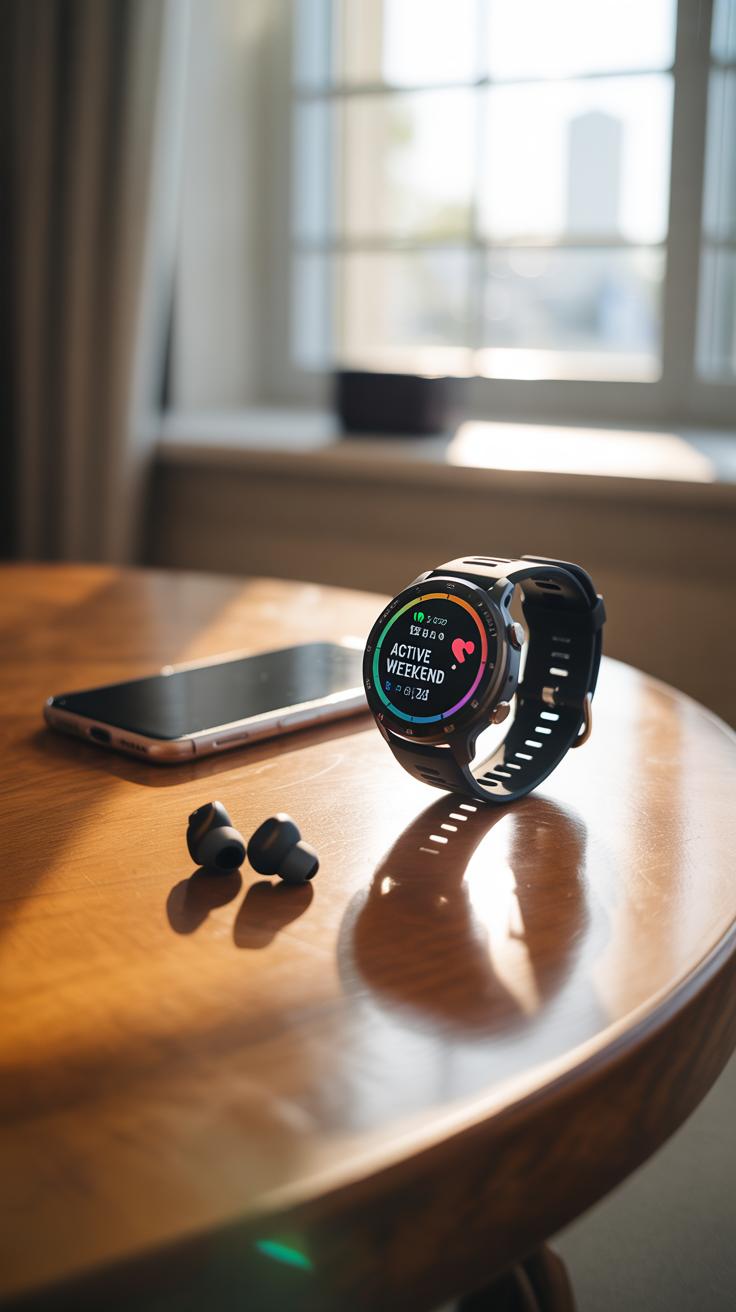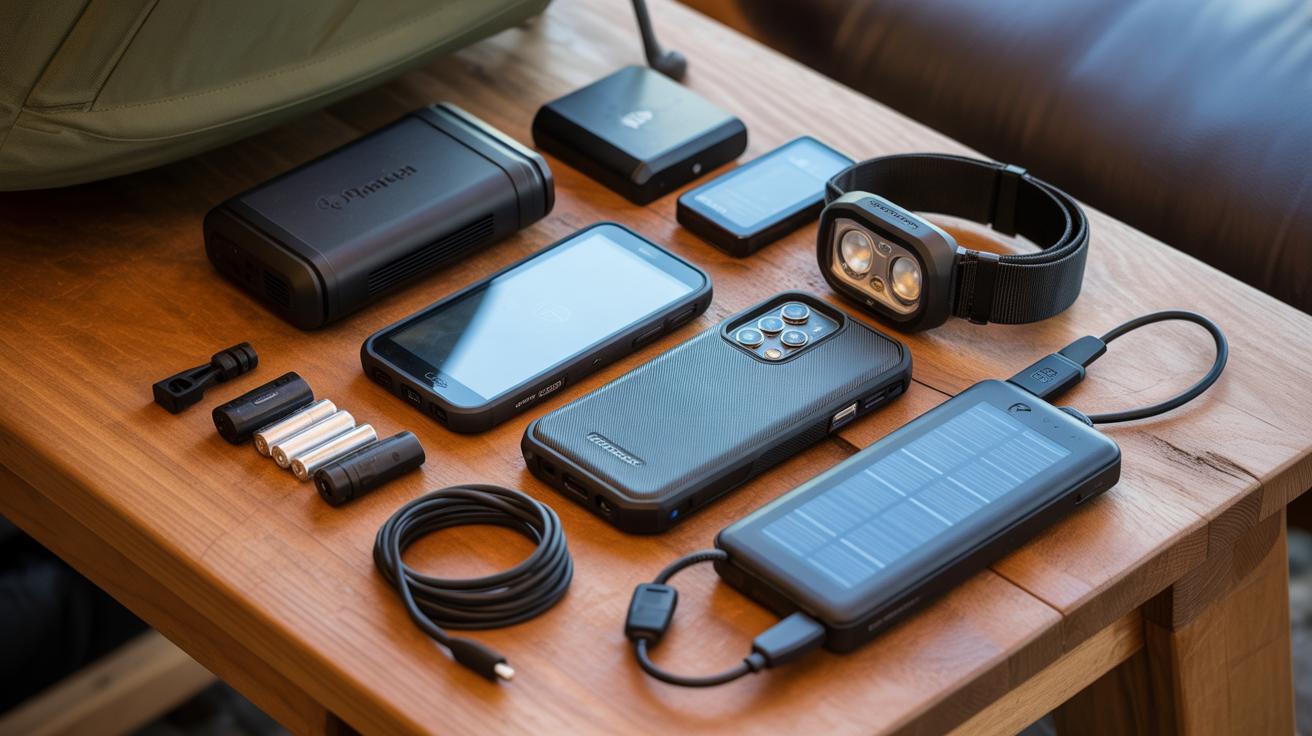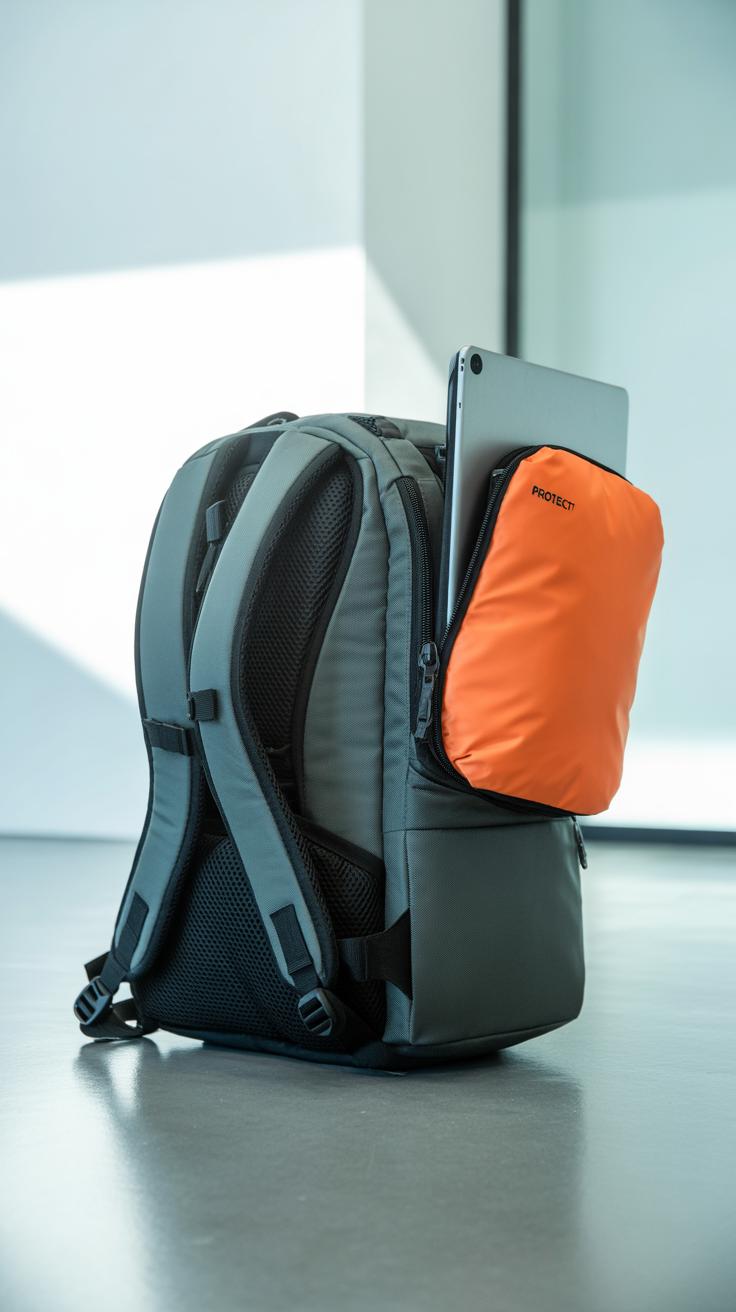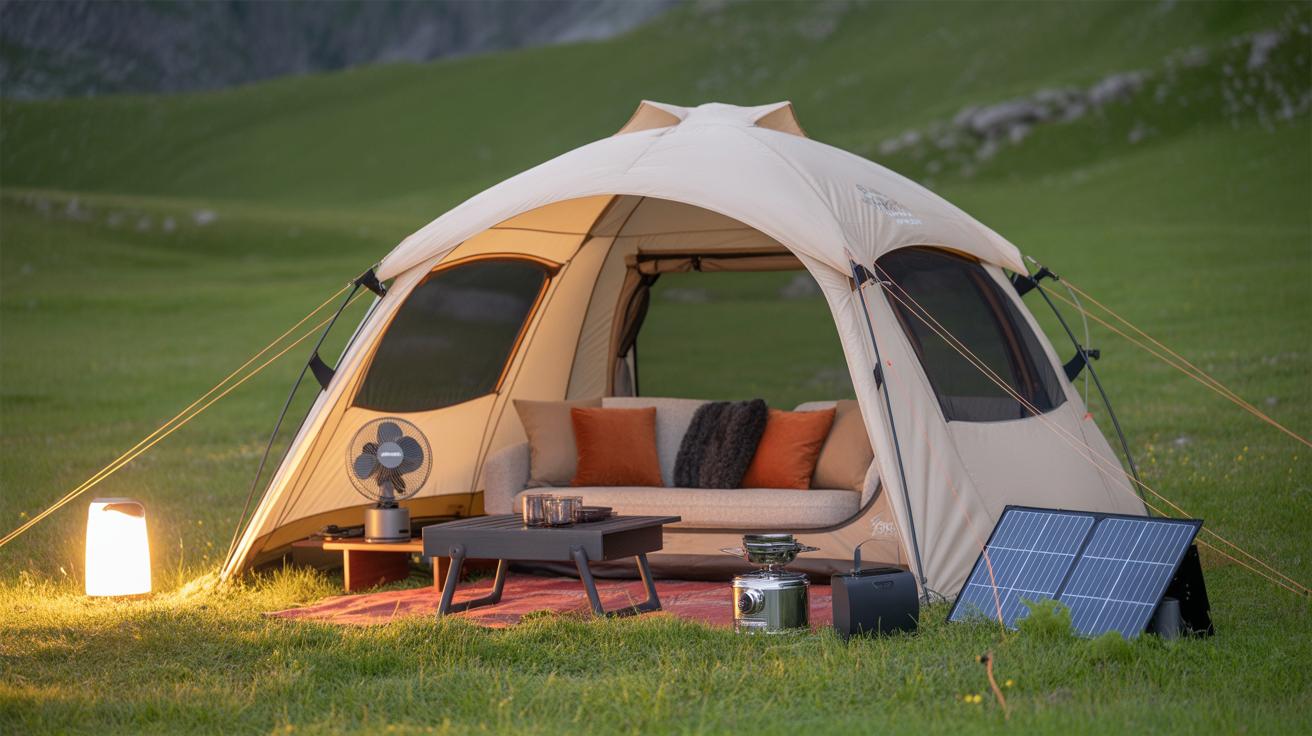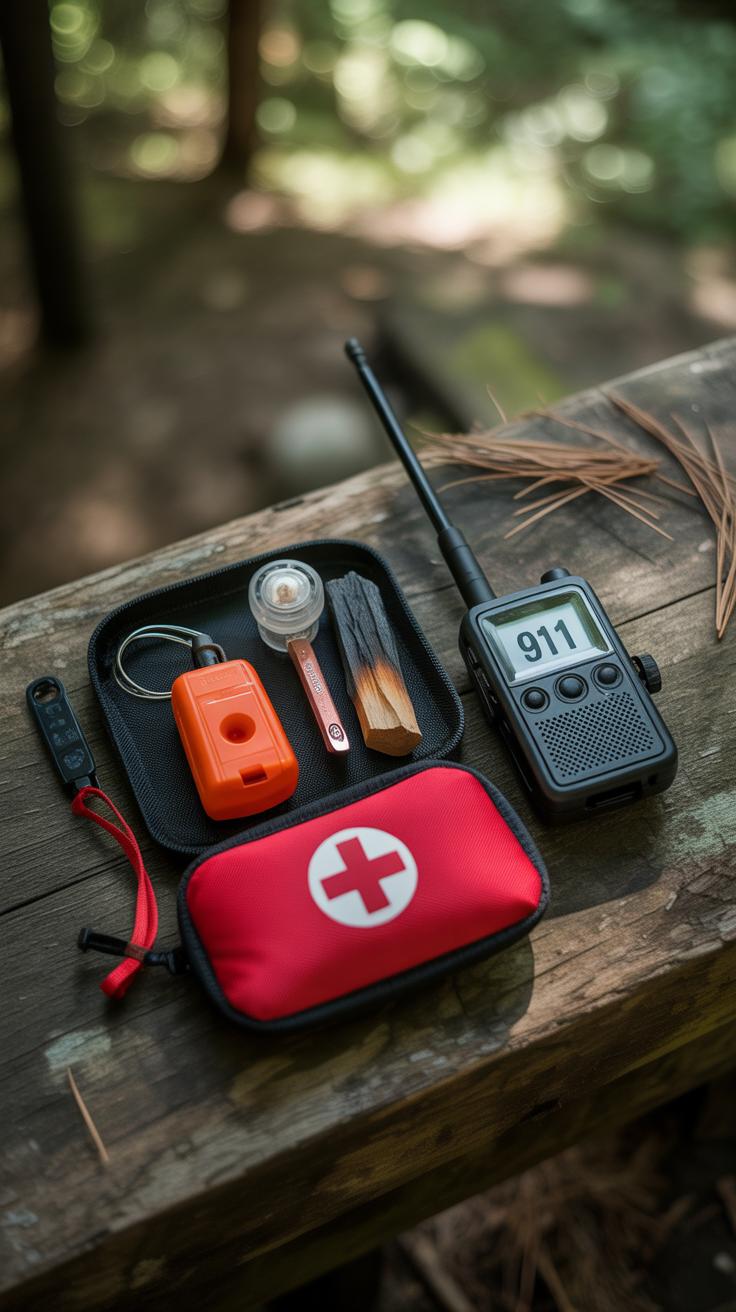Introduction
Weekend camping is a favorite outdoor activity for many men who want to break away from their daily routine and enjoy nature. Having the right gadgets can make a big difference in comfort and convenience while camping. In this article, we will explore a variety of cool gadgets designed specifically for men who love weekend camping. These gadgets combine practicality with fun, helping you get the most out of your time outdoors.
From cooking tools to navigation helpers, each gadget has a specific purpose to improve your camping experience. We will cover essential tools to prepare meals, stay safe, and remain connected. Whether you are a seasoned camper or just starting out, these gadgets provide useful advantages for your weekend trips.
Portable Cooking Devices
When it comes to cooking on a weekend camping trip, portable cooking devices really can change the game. Devices like buddy burners or compact stoves let you prepare meals without the hassle of building a campfire every time. Buddy burners, for example, are simple and lightweight—often made from recycled cans filled with wax or wood chips. They burn slowly and steadily, which is handy when you just need to simmer something or boil water.
Compact stoves bring a bit more control. Some run on propane, others on solid fuel tablets or wood. Propane stoves are popular because they’re easy to light and adjust, but you do need to carry the canisters carefully. Wood-fueled stoves give a rustic feel and eliminate the need for fuel packs, but they require more attention to keep them burning.
Fuel types vary considerably. Wax and solid fuel tablets are clean-burning but may not last long. Propane is efficient but bulky to transport. Wood is natural but can be smoky and unreliable in damp weather. Remember to store any fuel safely—avoid leaks and always have ventilation to prevent harmful fumes.
Safety isn’t just about the fuel. Think about where you’re placing your stove or burner. Avoid windy spots and keep a clear zone free from tents and flammable materials. Also, steer clear of cooking inside cans that might have harmful coatings; those coatings can release toxins when heated—I’ve seen someone overlook this once, and it’s not worth the risk. Always use cookware designed for stove-top use rather than reusing packaging.
Would you trade the simplicity of a buddy burner for the instant heat of a propane stove? It’s a personal call, balancing convenience, weight, and safety.
Lashing Tools For Building Camps
When you’re setting up camp, lashings come in handy for creating sturdy structures without nails or hardware. Lashings are basically rope bindings that hold poles and sticks together. They make your campsite more stable and can even help you build DIY furniture or shelters. You might think it sounds complicated, but once you get the hang of it, it becomes kind of satisfying.
There are a few types of lashings that are especially useful for camping. Each serves a specific purpose depending on what you’re trying to build or secure. Knowing which one to use can really improve your setup and save time.
Square and Diagonal Lashings
Square lashings are great when you need to bind two poles tightly so they don’t move. For example, if you’re building a frame for a tarp or a simple table, square lashings hold the joints firmly. They wrap around both poles at right angles, clamping things together neatly.
Diagonal lashings come into play when the poles you’re binding aren’t perfectly aligned, or there’s some wobble you want to prevent. They add strength by crossing the ropes diagonally over the joint, stopping any sideways movement. I once used these lashings to reinforce a lean-to shelter after a windy night. That extra grip made a noticeable difference.
Shear and Round Lashings
Shear lashings help create a pivot or clamp two poles side by side so you can form an A-frame or tripod. This comes in handy if you want to hang your cooking pot or build a stable shelter frame. They can be a bit fiddly at first, but locking the poles securely is worth the effort.
Round lashings are simpler – basically bundling poles together to extend length or form poles out of smaller sticks. Think of it like building a longer spear or a support beam. For instance, if one pole isn’t long enough to support your tarp, round lashings let you join two poles into one longer, functional piece.
Picking up these lashing basics changed the way I camp. Do you usually bring rope? Maybe it’s time to practice a few knots and see what you can build with just sticks and rope alone.
Lighting Gadgets For Outdoor Use
LED Lanterns and Headlamps
LED lanterns have become a staple for weekend campers. They deliver bright light without draining batteries too fast, which is crucial when you’re days away from a power source. Some models offer adjustable brightness levels, letting you save energy or flood a larger area with light when needed. I’ve found that lanterns with a sturdy base and hanging hook make setting up camp easier—they can sit on a table or dangle from tree branches.
Headlamps, on the other hand, keep your hands free. This alone changes how you move around at night, whether you’re cooking, setting up a tent, or just looking for something in your bag. The best ones balance weight and brightness—too heavy and they become a nuisance; too dim and they can’t replace a lantern. Battery life varies widely; rechargeable ones are tempting, though I still carry spares just in case.
Solar Lighting Options
Solar-powered lights are growing on me. They soak up the sun during the day and provide decent glow at night without swapping batteries. For trips longer than a weekend, they feel like a good option if you’re in an open area with plenty of sunlight. Some come with built-in USB ports, so you can charge small devices too, which is a nice bonus.
Still, solar lights rely heavily on weather—you can’t always count on a full charge. Plus, they tend to be less bright than battery-powered LEDs. Yet, knowing they’re charged and ready without extra effort definitely eases one part of camping prep. It’s that mix of pros and cons that makes them worth trying, especially if you plan multiple nights out and want to lighten your load.
Navigation Devices
When you’re out in the wild, keeping your bearings can mean the difference between a smooth trip and a stressful ordeal. Reliable navigation tools like GPS devices and compasses are essential in making sure you don’t lose your way. It’s easy to assume your phone’s GPS is enough, but signals can vanish fast in dense forests or rugged terrain. That’s when traditional tools like a compass prove their worth—no batteries, no network needed.
Basics of Using a Compass
Using a compass isn’t as complicated as it sounds. First, you hold it flat in your hand to let the needle settle and point north. From there, you rotate the dial to align with your target bearing. You can then follow that direction by keeping the needle lined up with the north mark. It’s a simple skill, but one that takes practice to internalize—sometimes you might find your compass needle twitchy or affected by nearby metal objects, so be aware. And don’t forget to pair it with a good map; together they guide you better than either alone.
GPS Devices for Camping
GPS devices work by communicating with satellites to pinpoint your location, which gives you precise coordinates anywhere on Earth. Unlike a compass, GPS can track your exact position, record waypoints, and plot routes in real time. This is incredibly helpful if you’re exploring unfamiliar territory or working your way through tricky trails. Of course, GPS units rely on batteries, so they aren’t failproof—but many come with long-lasting power or can be recharged with solar panels. I often find myself toggling between a GPS and compass depending on how remote or tech-friendly the area is. Both tools together really boost your confidence when stepping off the beaten path.
Water Purification Gadgets
Portable Water Filters
When you’re out in the wild, clean water isn’t something to take for granted. Portable water filters come in handy here—they physically remove dirt, bacteria, and sometimes even parasites from streams or lakes. You just scoop up water, push or pull it through the filter, and voilà, safer drinking water. Some models look like big straws, perfect for quick use, while others act like small pumps or bottles with built-in filters.
One thing I’ve noticed is that these filters don’t always catch everything—like viruses, for instance—so knowing their limits matters. Still, their ease of use and light weight make them reliable companions for weekend trips. Plus, they don’t require batteries or power which is a big plus if you want to keep things simple.
UV Water Purifiers
UV purifiers take a different approach. They zap water with ultraviolet light, which disables bacteria and viruses by messing up their DNA. These gadgets can be small, pen-like devices powered by rechargeable batteries. You stir or shine the UV light into a container of water for a minute or two, and many harmful microorganisms are neutralized.
What’s curious is that UV purifiers don’t filter out solids, so cloudy water needs to be pre-filtered, or else the UV can’t reach all pathogens. They’re a bit more technical than the filters you just sip through, but they do cover those pesky viruses filters sometimes miss. Using both together? Maybe overkill, but it’s an option if you want to be extra cautious.
MultiTools and Knives
Choosing the Right Multi-Tool
Multi-tools can be a real game changer when you’re out camping. They pack several functions into a compact package—pliers, screwdrivers, scissors, sometimes even a saw—so you can tackle a bunch of tasks without hauling a toolbox. But picking one can be tricky. Do you want something light to carry around all day? Or maybe a tool with nearly every function imaginable, even if it feels a bit bulky? I’ve found that balance depends on your trip style. For quick weekend outings, smaller might win out. Longer adventures might call for more features, even if it adds weight.
Here are some tips when choosing:
- Assess which tools you’re likely to use—don’t get caught up in fancy extras you won’t need.
- Look for something that fits comfortably in your hand and pocket.
- Check the build quality; the last thing you want is the pliers snapping mid-use.
Essential Camping Knives
Knives feel like a rudimentary tool, but their role on a camping trip goes well beyond cutting food. There are fixed-blade knives, folding knives, and specialty types that each serve different purposes. For instance, a sturdy fixed-blade is better for heavy tasks like chopping kindling or even prepping shelter materials, while folding knives excel at smaller, precision jobs.
Durability is key. Look for knives with high-quality steel and secure locking mechanisms. Safety can’t be overlooked, especially if you’re in a rush or not super experienced. You might have to decide between a blade that’s super sharp but delicate, or one that’s less precise but won’t chip or rust as easily.
What’s your priority—versatility or simplicity? Sometimes it’s worth carrying two knives instead of one that tries to do it all.
Wearable Tech for Campers
Fitness Trackers for Performance
If you’re out hiking or setting up camp, a fitness tracker can be surprisingly helpful. These devices do more than count steps—they track heart rate, monitor sleep patterns, and even estimate calories burned. That means you get a better picture of how your body reacts to outdoor challenges. Some models even measure elevation gain, which is handy if you’re trekking up hills or mountains. Personally, I’ve found it interesting to see how my heart rate spikes unexpectedly when I’m lugging gear uphill.
Of course, the data doesn’t always tell the whole story, but it’s a useful nudge to slow down or rest when needed. Plus, logging your activity might help you fine-tune your camping fitness over time, which few people consider before they start planning their trips.
Smartwatches with Outdoor Features
Smartwatches bring quite a bit to the table when you’re out in the wild. Besides telling time, many come loaded with GPS that’ll keep you from wandering too far off the trail—not that you want to rely solely on tech, but it’s reassuring. Some models send weather alerts that might save you from an unexpected downpour or a sudden cold snap. I remember once ignoring a forecast on my phone, but my watch buzzed just before heavy rain started, giving me a chance to secure the tent.
Text messaging or quick calls can also be a lifesaver if you need to check in without pulling out your phone. It’s odd, though—you might feel more connected than usual but also tempted to obsess over notifications when you’re supposed to be unplugging. Still, for those who want to balance staying informed and staying outdoors, these watches offer quite a bit.
Backpack Innovations
When it comes to weekend camping, your backpack can make or break the experience. New designs today focus heavily on better storage organization. You’ll find backpacks with multiple compartments tailored for specific gear—like insulated pouches for snacks, mesh pockets for quick access items, and padded sections for delicate electronics. These features keep your gear from constantly shifting, which honestly, can get pretty annoying when hiking.
The materials are notably lighter now too. Some use ultralight ripstop nylon or similar fabrics that reduce weight without compromising durability. It’s almost surprising how much easier a 3-pound backpack feels compared to traditional heavy canvas models. On that note, fewer straps and clever compression systems help keep things compact without sacrificing space.
Organizational Features
The compartments deserve a closer look. Think about how often you rummage for your flashlight or keys out of a bulky main pocket. New backpacks often include dedicated slots or loops—for carabiners, water bottles, and even trekking poles—that are easy to reach without unpacking everything else. Many have separation zones that protect fragile items separately from tougher gear like boots or cookware.
Some designs use color-coded interiors or labels, which is surprisingly helpful for staying organized in low light. I once picked up a pack with a removable organizer insert. It made every overnight trip smoother since I could pre-pack kits and grab them without fuss. These little touches matter a lot when you want to stay focused on the trail, not your pack.
Tech-Enabled Backpacks
For tech-savvy campers, backpacks now come with integrated USB charging ports. You stash a power bank inside, connect a cable, and plug in your phone or GPS outside without opening your pack. It’s convenient, especially when you’re on the move and need to keep devices charged for maps or emergency calls. The tricky part? Not all charging ports are created equal, so pick one with decent weather sealing.
Speaking of weather, water-resistant fabrics are more common these days. These materials keep your electronics safe in unexpected rain or damp conditions. Some packs even have built-in rain covers, which is nice but not always necessary if the fabric holds up well. It’s hard to say whether the slight extra weight is worth it, but given how essential your gear might be, it seems like a reasonable trade-off.
Emergency and Safety Gadgets
When you’re out in the wild, safety becomes more than just a buzzword. It’s about having the right tools at your fingertips, especially those that can help if things take an unexpected turn. One gadget that stands out is the personal locator beacon (PLB). These devices can be a literal lifesaver—they send out emergency alerts along with your GPS location to rescue teams. You don’t need cell service or a satellite phone for them to work, which is pretty reassuring when you’re in a remote spot. I remember a buddy mentioning how a PLB made a huge difference when he got lost hiking last year. It’s like having a backup plan that you hope never to use but are glad it exists.
Besides PLBs, a few other safety gadgets deserve a spot in your pack. Whistles are simple but effective—you can signal for help without draining any power. Multi-use signal mirrors are tiny but can catch the attention of rescuers from miles away if the sun’s out. And then there’s the ever-important compact first aid kit. Don’t overlook it. A well-packed kit that fits snugly into your backpack can handle cuts, scrapes, or worse. You might think you won’t need it, but when something happens, you’ll appreciate having it close. These items might seem basic or even old-fashioned, but their reliability is what makes them cool in a survival situation.
Conclusions
Choosing the right camping gadgets means more enjoyment and fewer hassles during your weekend getaways. The tools discussed in this article cover important areas like food preparation, lighting, safety, and navigation. With these gadgets, you can focus more on relaxing and exploring the environment around you.
Remember that good gadgets not only make tasks easier but also help you stay safer and more connected. Investing in the right gear is a smart way to enhance your camping adventures. You can now go forward equipped with ideas to pick useful gadgets that suit your needs and style.

